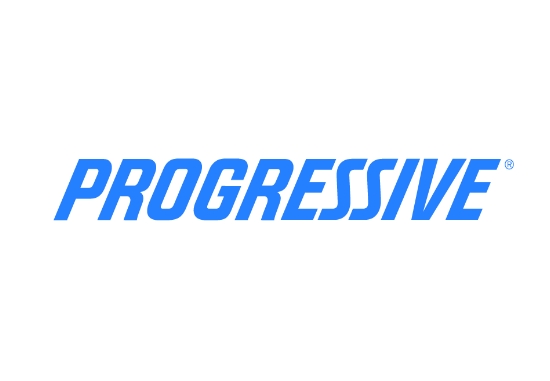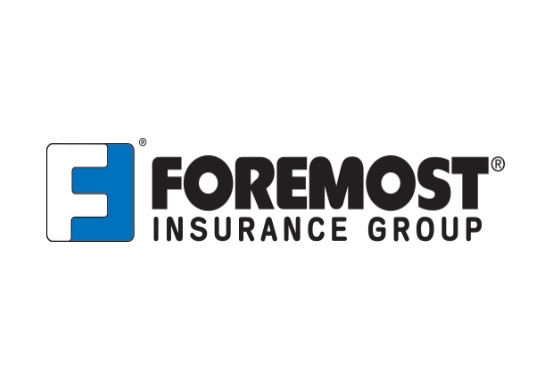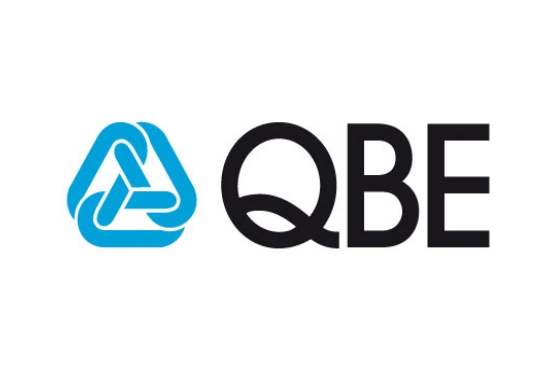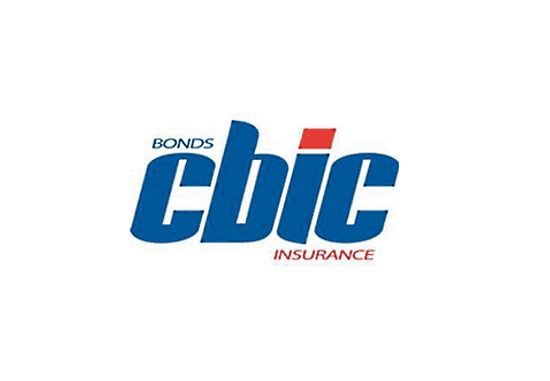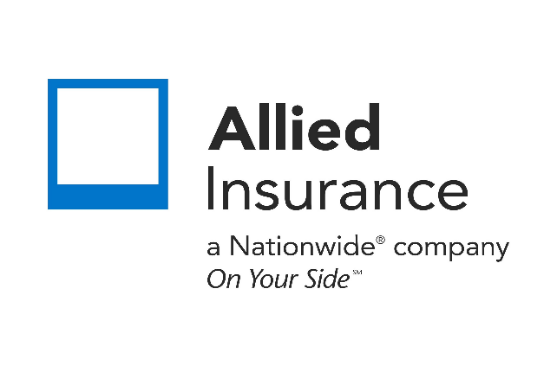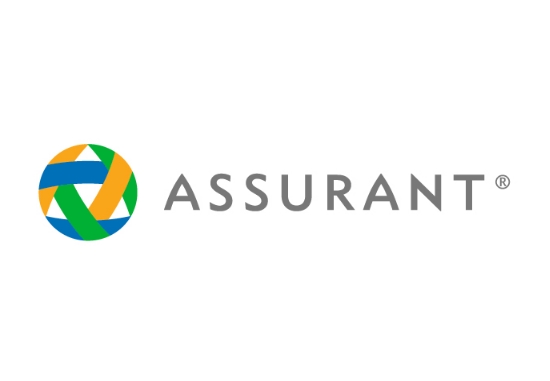Am i insured on my car?
Am I Insured on My Car? A Comprehensive Guide to Verifying Your Car Insurance Status
Ensuring that you are insured on your car is crucial for legal and financial protection. Understanding your insurance status can prevent unwanted surprises, especially in case of an accident or roadside emergency. This comprehensive guide will walk you through the steps to verify if you are currently insured on your car, explain the importance of maintaining active coverage, and highlight common issues that could affect your insurance status.
Why It’s Important to Verify Your Car Insurance
- Legal Requirement: Almost every state requires drivers to carry a minimum level of auto insurance. Driving without insurance can result in hefty fines, license suspension, and legal complications.
- Financial Protection: Insurance protects you from significant out-of-pocket expenses in the event of an accident, theft, or damage to your vehicle.
- Peace of Mind: Knowing you are insured allows you to drive confidently, without the worry of potential legal or financial repercussions.
Steps to Determine If You Are Insured on Your Car
1. Check Your Insurance Documents
- Policy Documents: Locate your car insurance policy documents. These documents will provide details about the coverage period, the insured vehicle, and the policyholder’s information.
- Insurance Card: Your insurance card typically includes essential information such as the policy number, coverage dates, and the insurance company’s contact information. Keep a copy of this card in your vehicle at all times.
2. Contact Your Insurance Provider
- Customer Service: Call your insurance company’s customer service department. Provide them with your policy number or personal information to verify your coverage status.
- Agent Inquiry: If you work with an insurance agent, they can quickly confirm whether your policy is active and provide details about your coverage.
3. Review Your Bank Statements
- Premium Payments: Check your bank or credit card statements for recent premium payments. Regular premium payments are a strong indicator that your insurance policy is active.
- Payment History: Keep a record of your payment history. This can help resolve any discrepancies with your insurance company if they arise.
4. Online Account Access
- Insurance Portal: Most insurance companies offer online portals where policyholders can log in to view their policy details, coverage status, and payment history.
- Mobile App: Many insurers have mobile apps that provide easy access to your insurance information, digital insurance cards, and more.
5. State DMV or Insurance Database
- State Verification Systems: Some states provide online systems to verify insurance coverage. Visit your state’s Department of Motor Vehicles (DMV) or equivalent website to see if this service is available.
- Insurance Verification Programs: States often have insurance verification programs that confirm your insurance status based on your vehicle’s registration information.
Common Issues That Affect Your Insurance Status
1. Policy Expiration
- Coverage Period: Insurance policies have specific start and end dates. If your policy has expired and not been renewed, you will not be insured.
- Renewal Notices: Insurance companies typically send renewal notices before your policy expires. Ensure you respond to these notices and renew your policy on time.
2. Non-Payment of Premiums
- Payment Lapses: Missing premium payments can lead to a lapse in coverage. Insurance companies usually provide a grace period, but continued non-payment will result in policy cancellation.
- Reinstatement: If your policy has been canceled due to non-payment, contact your insurer immediately to see if it can be reinstated.
3. Policy Changes
- Updates and Endorsements: If you’ve recently made changes to your policy, such as adding or removing a vehicle, ensure these changes have been processed correctly.
- Driver Status: Ensure that you are listed as an insured driver on the policy. If you are not listed, you may not be covered while driving.
Tips for Maintaining Active Insurance Coverage
- Regular Reviews: Periodically review your insurance policy to ensure it meets your needs and complies with state laws.
- Automatic Payments: Set up automatic payments to avoid missing premium payments and ensure continuous coverage.
- Stay Informed: Keep up-to-date with any changes in state insurance laws or your insurer’s policies that could affect your coverage.
Verifying whether you are insured on your car is essential for your legal and financial well-being. By checking your insurance documents, contacting your provider, reviewing bank statements, and using online resources, you can confidently confirm your insurance status. Maintaining active coverage protects you from potential legal issues and financial hardships. Regularly review your policy and stay informed about your coverage to ensure continuous protection on the road.
We will find the best business insurance tailored to your needs. Read more…
Related Posts
Get a Right Insurance For You
SHARE THIS ARTICLE
We will compare quotes from trusted carriers for you and provide you with the best offer.
Protecting your future with us
Whatever your needs, give us a call, have you been told you can’t insure your risk, been turned down, or simply unhappy with your current insurance? Since 1995 we’ve been providing coverage to our customers, and helping people across United States.

